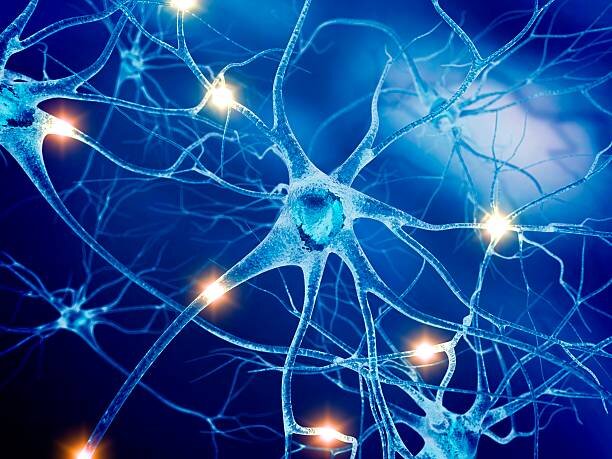
Differential inputs to striatal cholinergic and parvalbumin interneurons imply functional distinctions
Molecular Neurobiology Lab, Xin Jin
Salk Institute for Biological Studies
San Diego, CA
Upon joining the Jin lab, I gained experience distinguishing cell types that set my foundation for studying neural circuitry. I worked closely with our lab’s electrophysiologist to functionally characterize striatal interneurons, Parvalbumin (PV) and cholinergic (ChAT). I learned to compare neuronal properties and their cell-type specific connectivity via viral tracing, ex-vivo electrophysiology, and immunohistochemistry, and therefore determining a differentiation of circuitry between the interneuron populations. The extensive work parsing apart these neurons enlightened me to the publication process, as I am a co-author on this eLife publication. I am honored to provide future scientists with a fundamental basis for targeting these neurons implicated in motor and mood disorders.
Figure 4. Differential characterization of striatal interneurons. (A) Schematic of cre-dependent (GFP) injection into transgenic mice, ChAT-cre and PV-cre. (B) Immunohistochemistry validated viral targeting of PV and ChAT neurons. (C) Exemplar electrophysiological traces of PV and ChAT firing rates to hyper-polarizing and depolarizing current injection.
